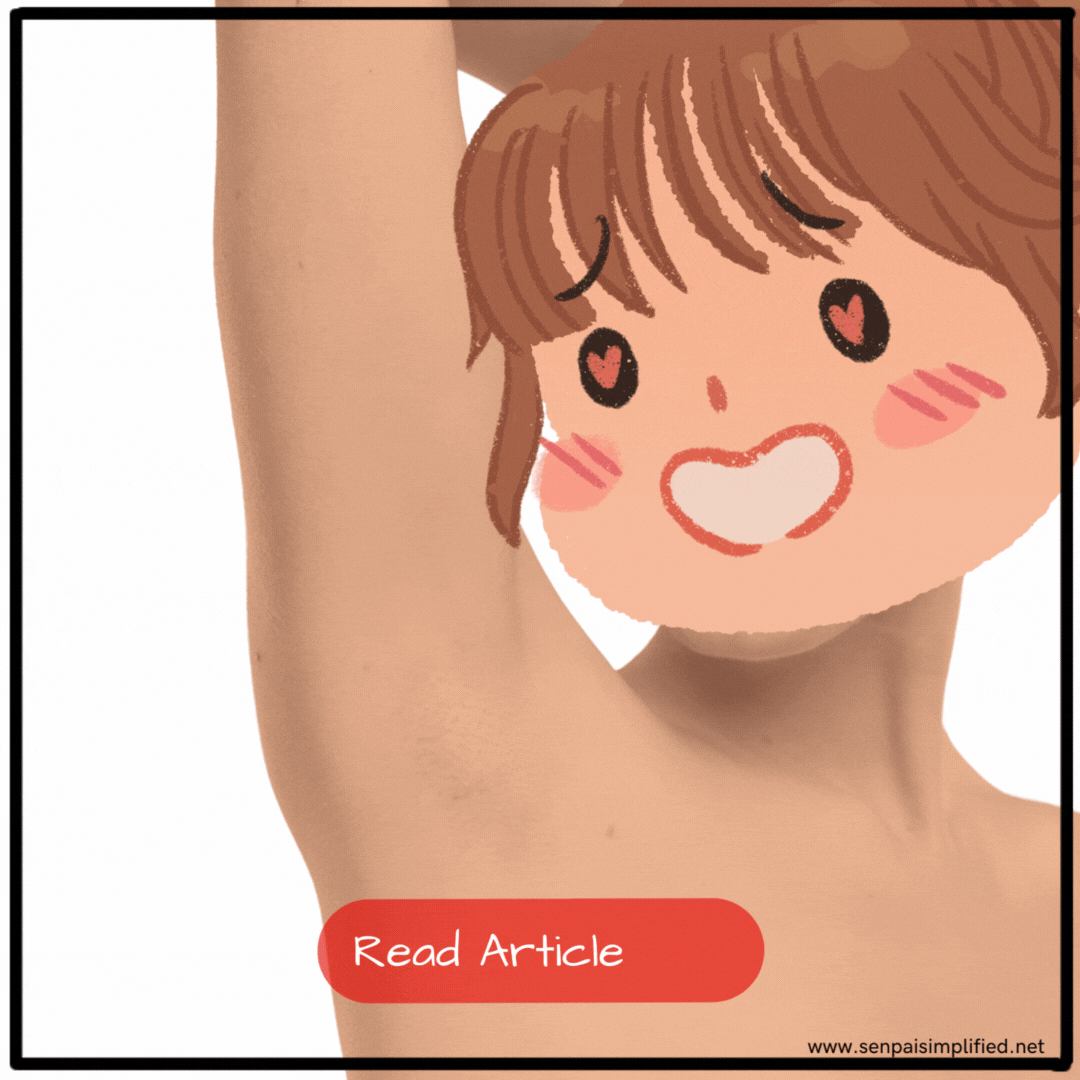The axilla, often referred to as the armpit, is a crucial anatomical region connecting the upper limb to the trunk. In this WordPress post, we will explore the anatomy and clinical considerations related to the axilla.
Anatomy of the Axilla
We can describe the axilla as a four-sided pyramid with its base directed laterally and an apex that is truncated. It is open, directed upward medially towards the root of the neck. Let’s delve into the key components of the axilla:
- Anterior Wall: The anterior wall of the axilla consists of the pectoralis major muscle and the clavipectoral fascia. The clavipectoral fascia encloses the pectoralis minor and subclavius muscles.
- Posterior Wall: The posterior wall is formed by the subscapularis muscle (above), teres major, and latissimus dorsi muscles (below).
- Medial Wall: The medial wall consists of the upper four ribs, along with intercostal muscles and the upper part of the serratus anterior muscle.
- Lateral Wall: The lateral wall is formed by the convergence of the anterior and posterior walls toward the tips of the intertubercula.
- Floor/Base: The base or floor of the axilla is composed of the skin and axillary fascia. Skin contains Hairs, and increased concentration of apocrine sweat glands.
Contents of the Axilla
The axilla contains various structures that play essential roles in the upper limb. These include:
- Axillary artery and its branches
- Axillary vein and its tributaries
- Brachial plexus (nerve)
- Group of axillary lymph nodes and associated lymphatics
- Axillary fat and areolar tissue
- Long thoracic nerve and intercostobrachial nerves
Lymph Nodes of the Axilla
The axillary lymph nodes are crucial for lymphatic drainage from various regions. Those regions are as follows:
- the lateral quadrants of the breast,
- superficial lymph vessels from the thoraco-abdominal walls, and
- vessels from the upper limb.
They are organized into six groups:
Anterior (pectoral) group:
The anterior (pectoral) group lies along the lower border of the pectoralis minor. It receives lymph vessels from the lateral breast quadrants and superficial vessels from the anterolateral abdominal wall.
Posterior (subscapular) group:
The posterior (subscapular) group is situated in front of the subscapularis muscle. It receives superficial lymph vessels from the back down to the iliac crests.
Lateral group:
The lateral group, located along the medial side of the axillary vein, receives lymph from most upper limb vessels, except those on the lateral side.
Central group:
The central group resides in the centre of the axilla within the axillary fat. It receives lymph from the preceding groups..
Infraclavicular (deltopectoral) group:
The infraclavicular (deltopectoral) group lies in the groove between the deltoid and pectoralis major muscles. It receives superficial lymph vessels from the lateral hand, forearm, and arm
Apical group:
The apical group sits at the apex of the axilla, along the lateral border of the 1st rib. It receives efferent lymph vessels from all other axillary nodes. They drain into the subclavian lymph trunk, connecting to the thoracic duct or right lymph trunk.
![]() Examination of the Axillary Lymph Nodes
Examination of the Axillary Lymph Nodes
First, ask the patient to stand or sit and place the hand of the side that we are examining, on the hip, pushing it hard medially. This action causes the pectoralis major muscle to contract maximally, becoming firm like a board. To palpate the anterior (pectoral) nodes, press forward against the posterior surface of the pectoralis major muscle on the anterior wall of the axilla.
Next, for the posterior (subscapular) nodes, press backward against the anterior surface of the subscapularis muscle on the posterior wall of the axilla.
Then, to locate the lateral nodes, press against the medial side of the axillary vein. For this, use your fingers to press laterally against the subclavian vein and the pulsating axillary artery.
Locate the central nodes, situated in the center of the axilla between the pectoralis major (anterior wall) and the subscapularis (posterior wall).
Finally, for the apical nodes, ask the patient to relax the shoulder muscles and let the upper limb hang down at the side. Afterwards, gently place the tips of your fingers high up in the axilla to the outer border of the first rib. You can feel the enlarged nodes if there are any.
Summary
To summarize the key aspects of the axilla, here’s a comparison table:
| Aspect | Description |
|---|---|
| Shape | Four-sided pyramid with a truncated apex |
| Orientation | Open, directed upward medially towards the root of the neck |
| Base | Directed laterally |
| Anterior Wall | Consists of pectoralis major, clavipectoral fascia enclosing pectoralis minor and subclavius |
| Posterior Wall | Subscapularis (above), teres major, latissimus dorsi (below) |
| Medial Wall | Upper 4 ribs with intercostal muscles, upper part of serratus anterior |
| Lateral Wall | Convergence of anterior and posterior walls laterally to the tips of the intertubercular groove |
| Contents | Axillary artery and its branches, axillary vein and its tributaries, brachial plexus, axillary lymph nodes, axillary fat and areolar tissue, long thoracic nerve and intercostobrachial nerves |
Understanding the anatomy and contents of the axilla is essential for various medical assessments, including breast examinations, lymphatic evaluations, and surgical interventions in the upper limb.




Leave a Reply